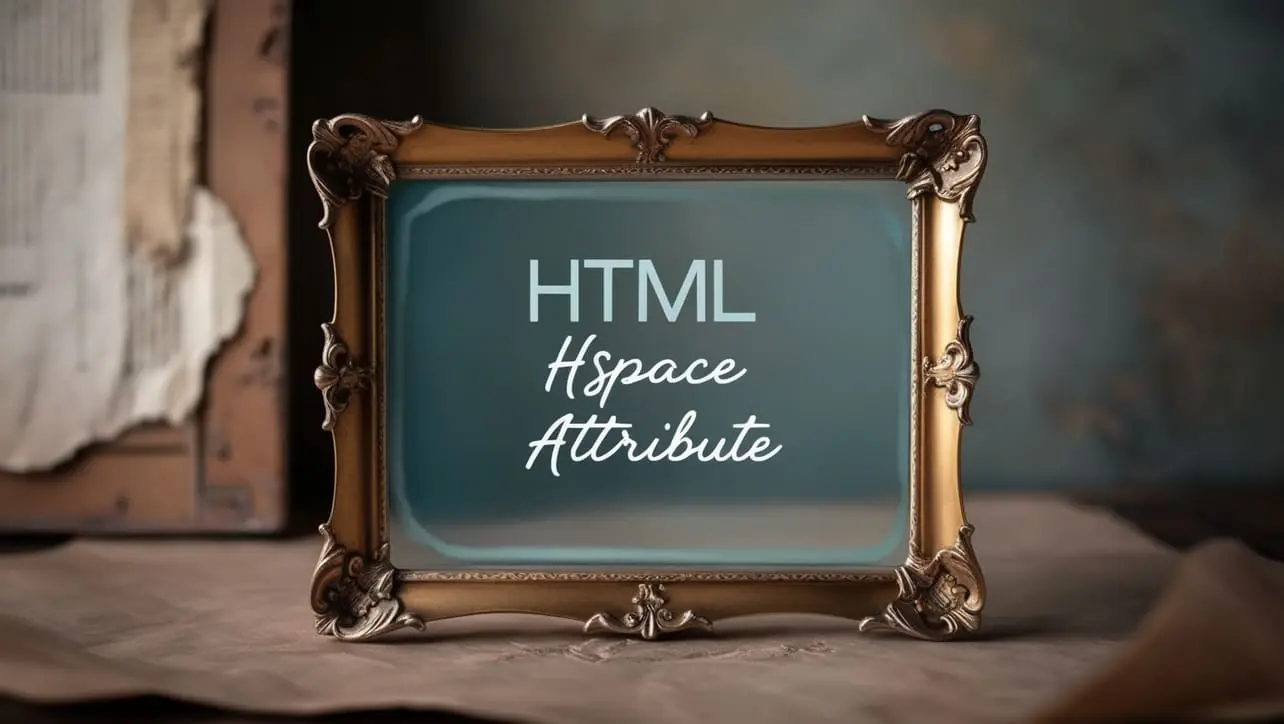
HTML Topics
- HTML Intro
- HTML Basic
- HTML Editors
- HTML CSS
- HTML Tags
- HTML Deprecated Tags
- HTML Events
- HTML Event Attributes
- HTML Global Attributes
- HTML Attributes
- abbr
- accept
- accept-charset
- accesskey
- action
- align
- alt
- archive
- as
- async
- autocapitalize
- autocomplete
- autofocus
- autoplay
- axis
- bgcolor
- border
- cellpadding
- cellspacing
- char
- charoff
- charset
- checked
- cite
- class
- classid
- codebase
- codetype
- color
- cols
- colspan
- compact
- content
- contenteditable
- controls
- coords
- crossorigin
- data
- data-*
- datetime
- declare
- default
- defer
- dir
- dirname
- disabled
- download
- draggable
- enctype
- enterkeyhint
- for
- form
- formaction
- formenctype
- formmethod
- formnovalidate
- formtarget
- frame
- frameborder
- frameset
- headers
- height
- hidden
- high
- href
- hreflang
- hspace
- http-equiv
- id
- inert
- inputmode
- ismap
- kind
- label
- lang
- list
- loop
- low
- max
- maxlength
- media
- method
- min
- multiple
- muted
- name
- novalidate
- onabort
- onafterprint
- onbeforeprint
- onbeforeunload
- onblur
- oncanplay
- oncanplaythrough
- onchange
- onclick
- oncontextmenu
- oncopy
- oncuechange
- oncut
- ondblclick
- ondrag
- ondragend
- ondragenter
- ondragleave
- ondragover
- ondragstart
- ondrop
- ondurationchange
- onemptied
- onended
- onerror
- onfocus
- onhashchange
- oninput
- oninvalid
- onkeydown
- onkeypress
- onkeyup
- onload
- onloadeddata
- onloadedmetadata
- onloadstart
- onmousedown
- onmousemove
- onmouseout
- onmouseover
- onmouseup
- onmousewheel
- onoffline
- ononline
- onpagehide
- onpageshow
- onpaste
- onpause
- onplay
- onplaying
- onpopstate
- onprogress
- onratechange
- onreset
- onresize
- onscroll
- onsearch
- onseeked
- onseeking
- onselect
- onstalled
- onstorage
- onsubmit
- onsuspend
- ontimeupdate
- ontoggle
- onunload
- onvolumechange
- onwaiting
- onwheel
- open
- optimum
- pattern
- placeholder
- popover
- popovertarget
- popovertargetaction
- poster
- preload
- readonly
- rel
- required
- reversed
- rows
- rowspan
- sandbox
- scope
- selected
- shape
- size
- sizes
- span
- spellcheck
- src
- srcdoc
- srclang
- srcset
- start
- step
- style
- tabindex
- target
- title
- translate
- type
- usemap
- value
- width
- wrap
- HTML Comments
- HTML Entity
- HTML Head
- HTML Form
- HTML IndexedDB
- HTML Drag & Drop
- HTML Geolocation
- HTML Canvas
- HTML Status Code
- HTML Language Code
- HTML Country Code
- HTML Charset
- MIME Types
HTML hspace Attribute

Photo Credit to CodeToFun
🙋 Introduction
The hspace attribute is an HTML feature used to define the horizontal space around an element. It primarily affects the spacing on the left and right sides of the element, allowing developers to control the layout and alignment of content within a webpage.
🎯 Purpose of hspace Attribute
The main purpose of the hspace attribute is to specify the amount of horizontal space, in pixels, that should be added around an element. This attribute is commonly used with elements like images and iframes to adjust their positioning within a layout.
💎 Values
The hspace attribute accepts a numerical value representing the amount of horizontal space, in pixels, to be added around the element. The value can be positive, negative, or zero, depending on the desired spacing.
📄 Implementation Example:
Let's illustrate how to use the hspace attribute with an example:
<img src="example.jpg" alt="Example Image" hspace="20">🧠 How it Works
In this example, the hspace attribute is set to "20", indicating that 20 pixels of horizontal space should be added around the image.
🔄 Dynamic Values with JavaScript
You can dynamically set the hspace attribute using JavaScript to adjust spacing based on certain conditions or user interactions. Here's a simple demonstration:
<script>
// Dynamically set hspace for an image
document.getElementById("dynamicImage").hspace = "10";
</script>🧠 How it Works
In this script, the hspace attribute is set to "10" for an image with the id "dynamicImage." This allows you to dynamically control the horizontal spacing of the image based on specific requirements.
🏆 Best Practices
- Use the
hspaceattribute sparingly and purposefully to enhance the layout and alignment of elements within your webpage. - Avoid excessive use of hspace, as it can lead to inconsistent spacing and affect the overall visual appeal of your webpage.
- Test your webpage across different screen sizes and resolutions to ensure that the spacing defined by the
hspaceattribute remains consistent and visually pleasing.
🎉 Conclusion
The hspace attribute is a useful tool for adjusting horizontal spacing around HTML elements.
By understanding how to use this attribute effectively, you can achieve better control over the layout and alignment of content within your webpages.
👨💻 Join our Community:
Author

For over eight years, I worked as a full-stack web developer. Now, I have chosen my profession as a full-time blogger at codetofun.com.
Buy me a coffee to make codetofun.com free for everyone.
Buy me a Coffee












If you have any doubts regarding this article (HTML hspace Attribute), please comment here. I will help you immediately.